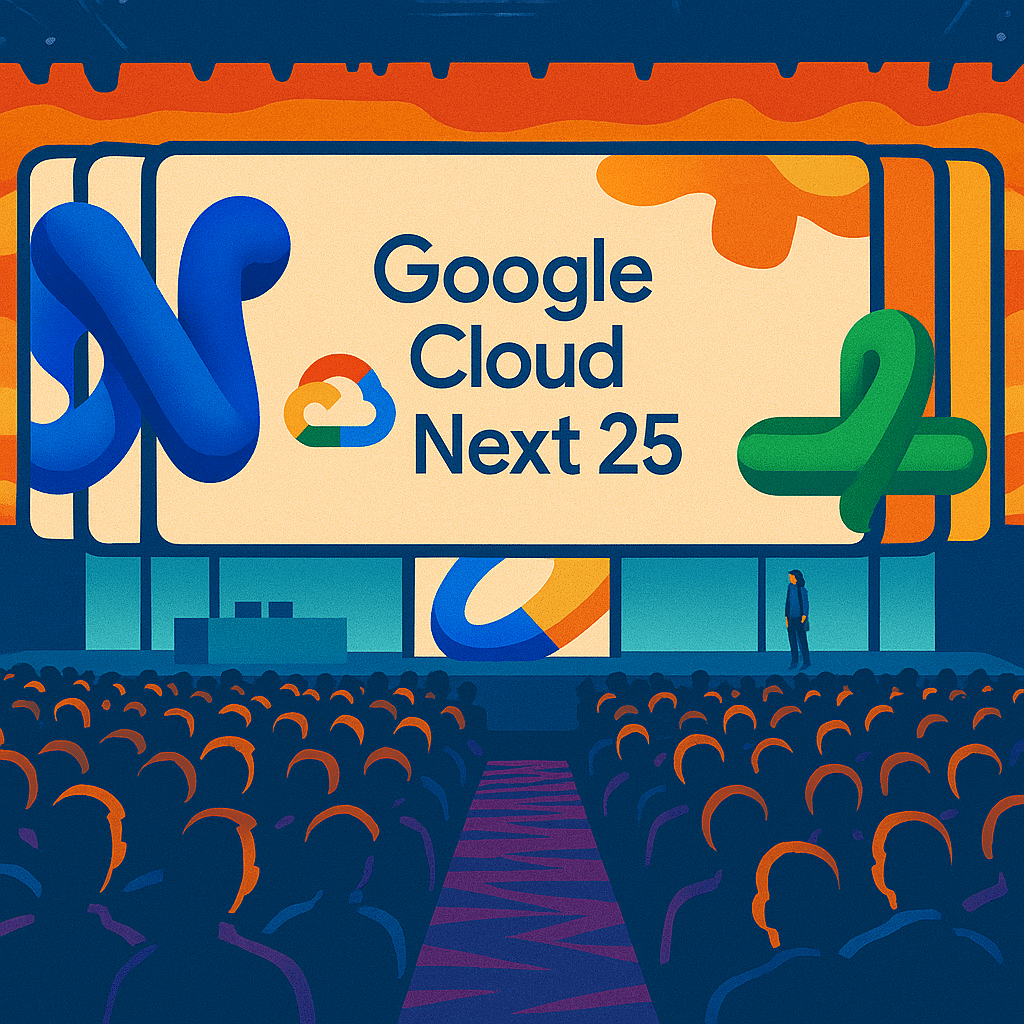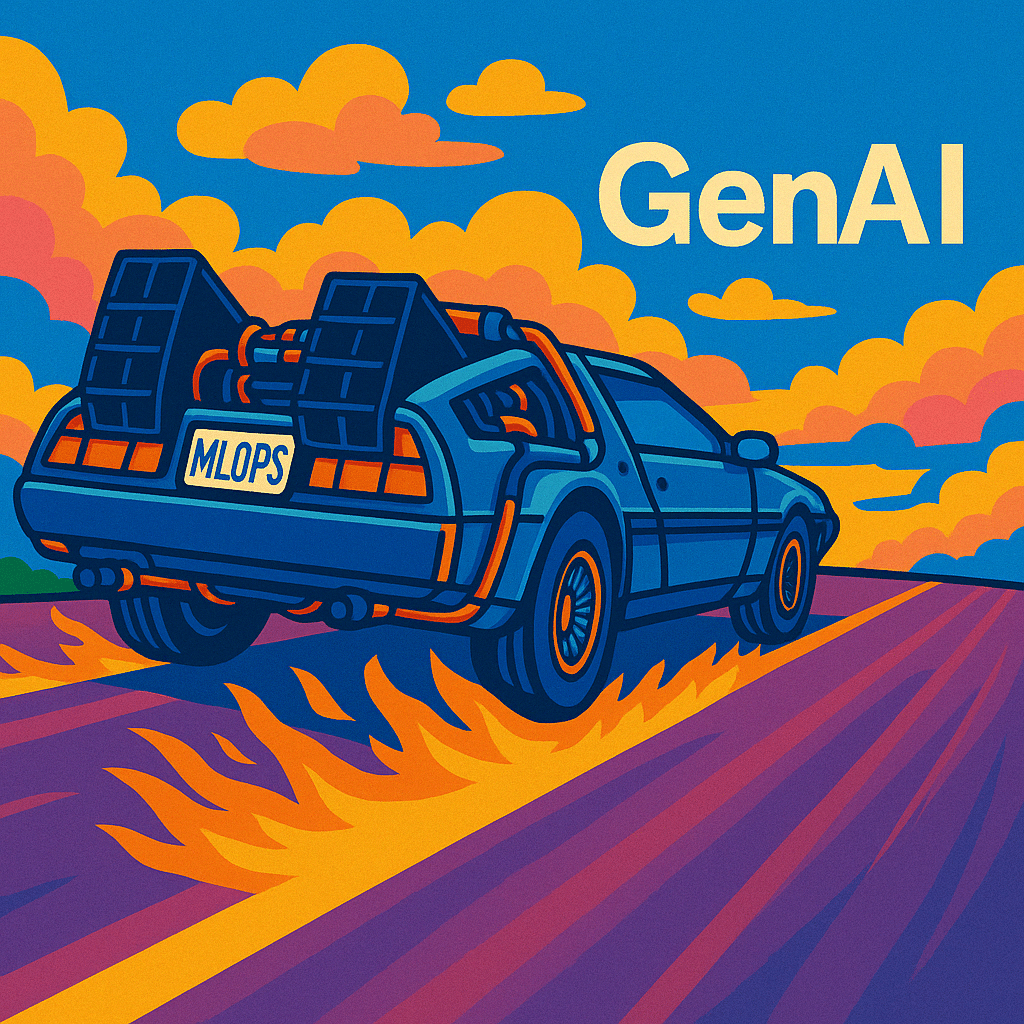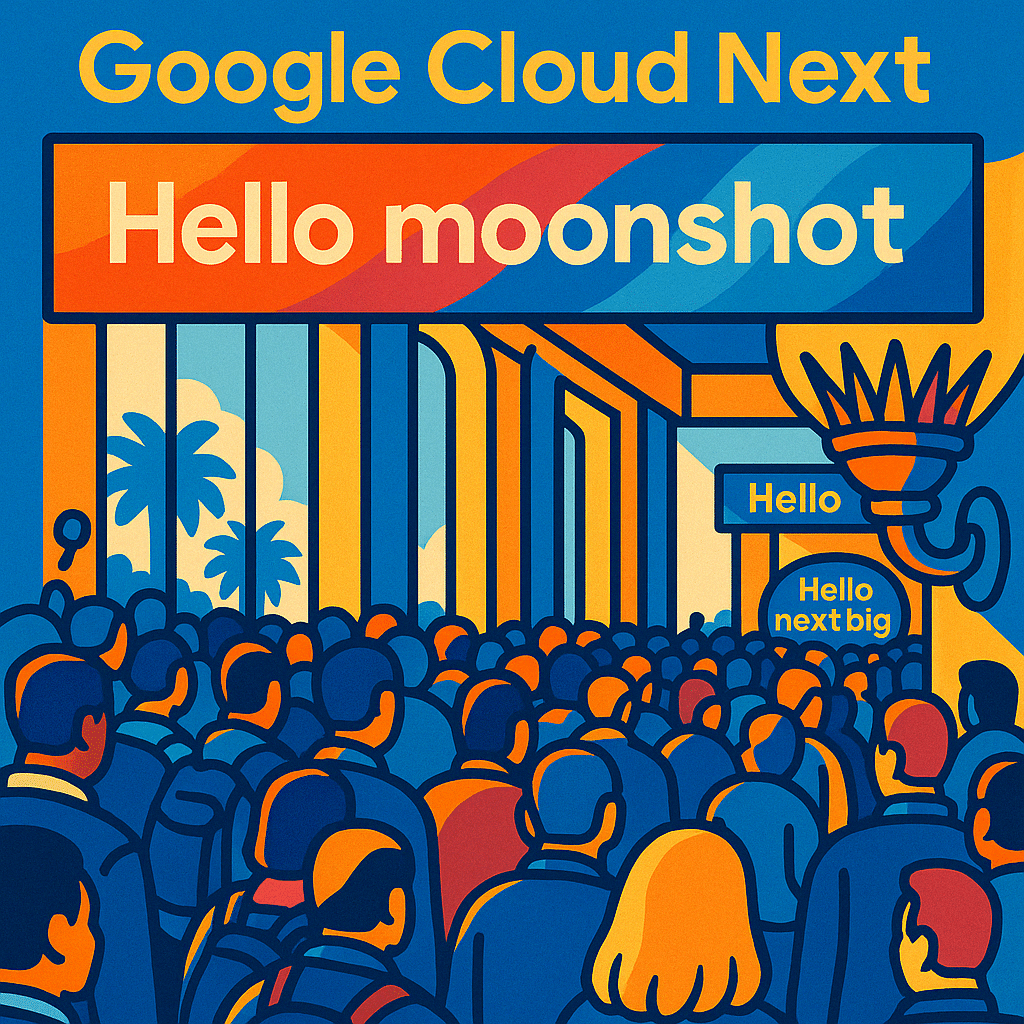In spite of all the hype, the reality is that the typical enterprise doesn’t need to do anything different to benefit from AI. They won’t need to hire data scientists, or collect any training data, or build any machine learning or deep learning models.
It is already the case, and it will be increasingly true in the future, that AI technologies will power many of the products and services that enterprises use. Your company will be a passive beneficiary of AI.
These passive benefits, however, are a rising tide that floats every boat. They are undifferentiated—you get only what is available to everyone else in the marketplace—and, as a result, they are also undifferentiating. In other words, they won’t help your company gain a competitive advantage among its peers. So, the question becomes: what will help your company gain a competitive advantage?
Competing on Models
Well, no surprise, but achieving competitive advantage with AI will demand a much more active approach. It requires applying your enterprise’s proprietary data to solve your enterprise’s proprietary business problems through the creation of proprietary models. This is where machine learning, data scientists/ML engineers, and models come into play.
Machine learning will have broad implications for businesses; so much so that it will define a new wave of business productivity marked by what we call the Model-Driven Enterprise.
As models emerge as a significant source of proprietary business advantage, the ability to create and deliver them to production in an efficient, repeatable, and scalable manner becomes a critical competency.
We have observed through interviews with many leading Model-Driven Enterprises, that organizations that have successfully scaled ML and AI share a number of characteristics in common. Most notably, they’ve all invested significantly in building out platform technologies and ML operationalization processes to accelerate the delivery of machine learning models within their organizations.
These efforts have resulted in making machine learning more accessible to more teams in the organization, ensuring greater degrees of consistency and repeatability, and addressing the “last mile” of getting models into production and managing them once they are in place.
So what is a machine learning platform?
A machine learning platform is a set of tools and technologies (backed by a set of practices and processes) established by an organization to support and automate various aspects of the machine learning workflow, including data acquisition, feature and experiment management, and model development, deployment, and monitoring.
Machine learning platforms come in a wide variety of forms. Until recently, they have primarily been found at large technology companies, which have developed their platforms internally, out of necessity, to support increasingly significant investments in machine learning. As the importance of machine learning has become clear to a broader array of enterprises, new commercial and open source ML platform technologies have become available to reduce the barriers to adoption and make the benefits of ML models more accessible.
TWIMLcon: AI Platforms, now in its second year, is TWIML’s flagship virtual conference dedicated to the platforms, tools, technologies, and practices necessary to deploy and scale machine learning and AI in the enterprise. The event is a hub for the emerging MLOps community, and allows practitioners and leaders from a wide variety of organizations and industries to come together, learn, share, and collaborate.
We invite you to join us in January for this dynamic and practical event. You’ll hear from luminaries and practitioners from companies like Google, Spotify, Netflix and more, to share what they’ve learned from leading teams, building data platforms and implementing ML and AI at their organizations. Don’t miss out on this unique opportunity to learn about what some of the leading teams in the space are doing and to develop the foundation you need to take your ML efforts to the next level.





